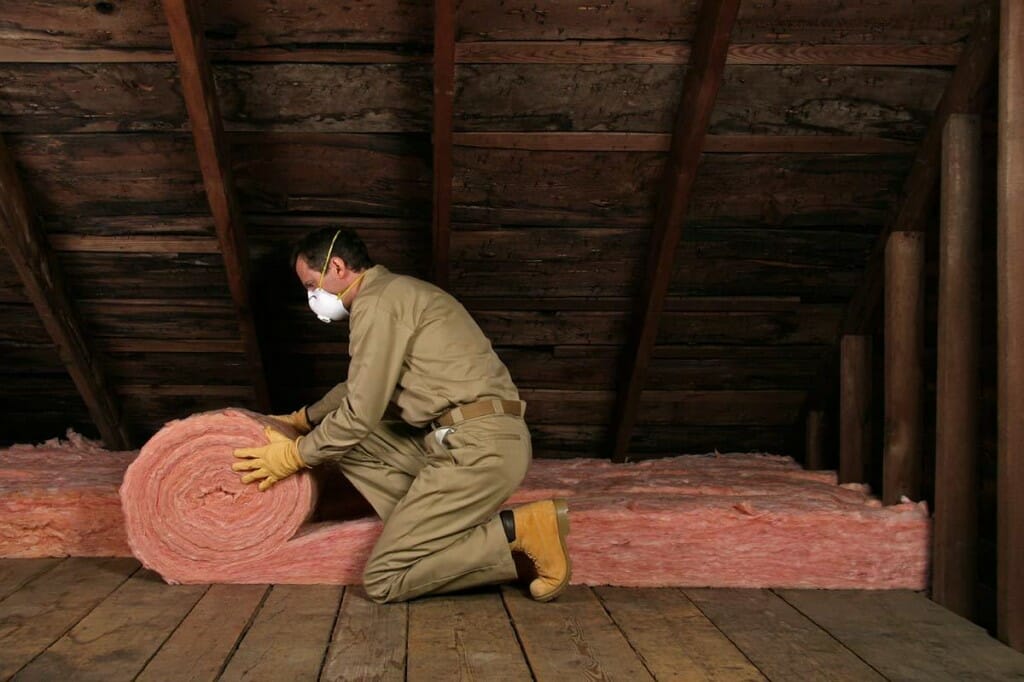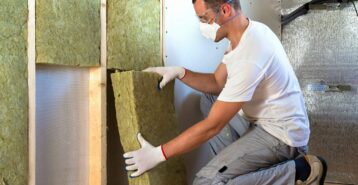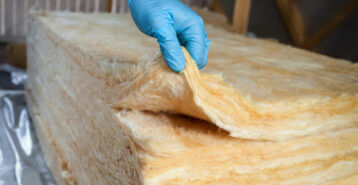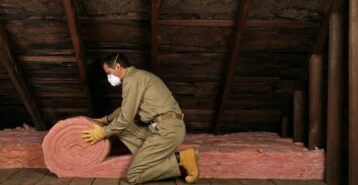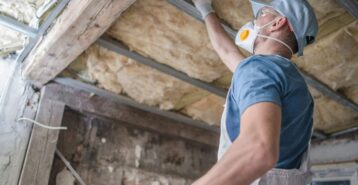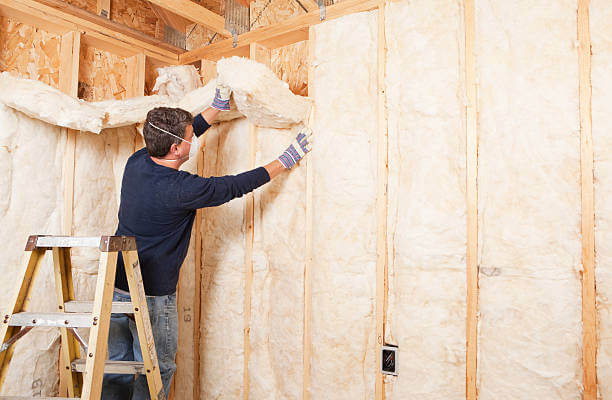Understanding Attic Insulation Costs: A Complete Guide
Attic insulation cost is an important factor when it comes to staying cooler in the summer and warmer in the winter. This upgrade not only improves energy efficiency but also helps save money on monthly utility bills while enhancing your overall comfort. Additionally, there are financial perks such as rebates, incentives, and increased resale value when you invest in attic insulation. In this article, we’ll explore how much it costs to have attic insulation installed in your home and the benefits it offers both now and in the future.
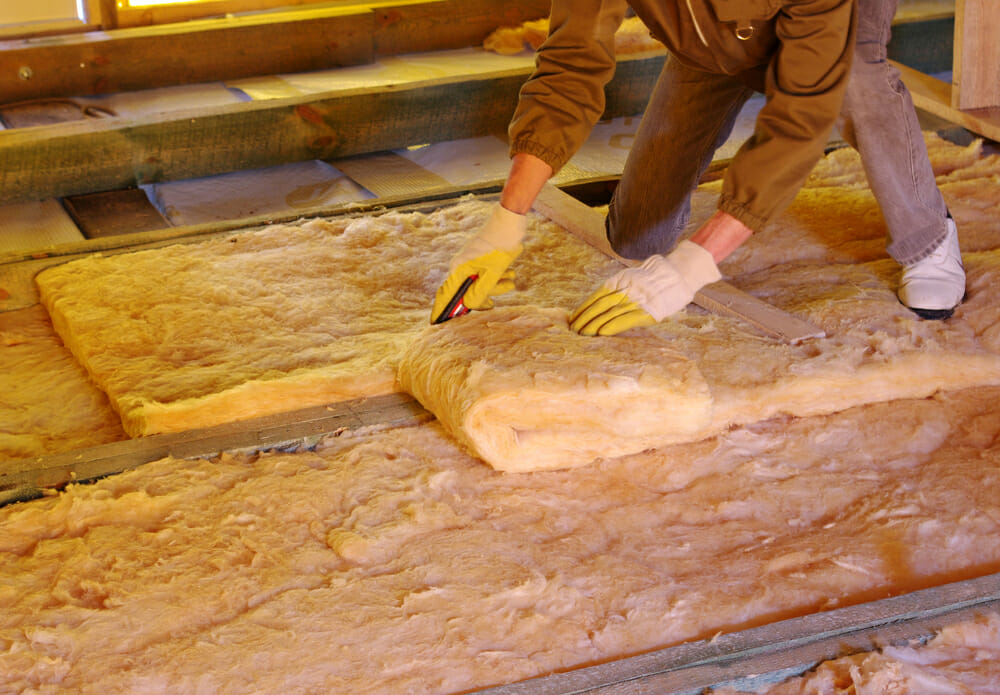
Why Attic Insulation Is a Smart Investment
Home heating and cooling experts agree that the key to maintaining consistent and comfortable temperatures in your home comes down to treating your house like an envelope: you have to seal the envelope properly in order to keep heat in during the winter and keep cool air in in the summer.
One way to do that is to improve your insulation. Installing insulation in your attic is key because this is the portion of your home where hot air rises and escapes and it’s also the part of your home exposed to harsh sun rays, which can generate heat inside your house.
Attic insulation is a smart investment in the sense that it solves this heating and cooling dilemma, but it’s also a smart investment when it comes to saving money on your energy bills and selling your home down the line. Not only will this fix lower your heating and cooling bills by making your home more energy efficient, it will also be a huge perk to potential buyers looking for homes that are properly insulated against extreme temperatures.
Below, we’ll take a look at the different types of attic insulation and how these types differ in cost. We’ll also dive into other factors affecting the overall cost of your project.
How Much Does Attic Insulation Cost?
The cost of attic insulation and its installation can vary widely based on several factors. Generally, homeowners can expect to pay between $1,500 and $4,500 for professional installation, depending on the size of the attic and the type of insulation you choose.
There are two overarching types of insulation: rolled and spray insulation.
Fiberglass Insulation
This is a type of rolled insulation made of fiberglass. Resembling cotton candy, it’s also called blanket insulation, and comes in large rolls of soft, pink batting. Fiberglass insulation is one of the most affordable options and it’s known for being effective. However installing this kind of insulation is tricky and is typically easiest for professionals. This option costs between 50 cents to $2 per square foot.
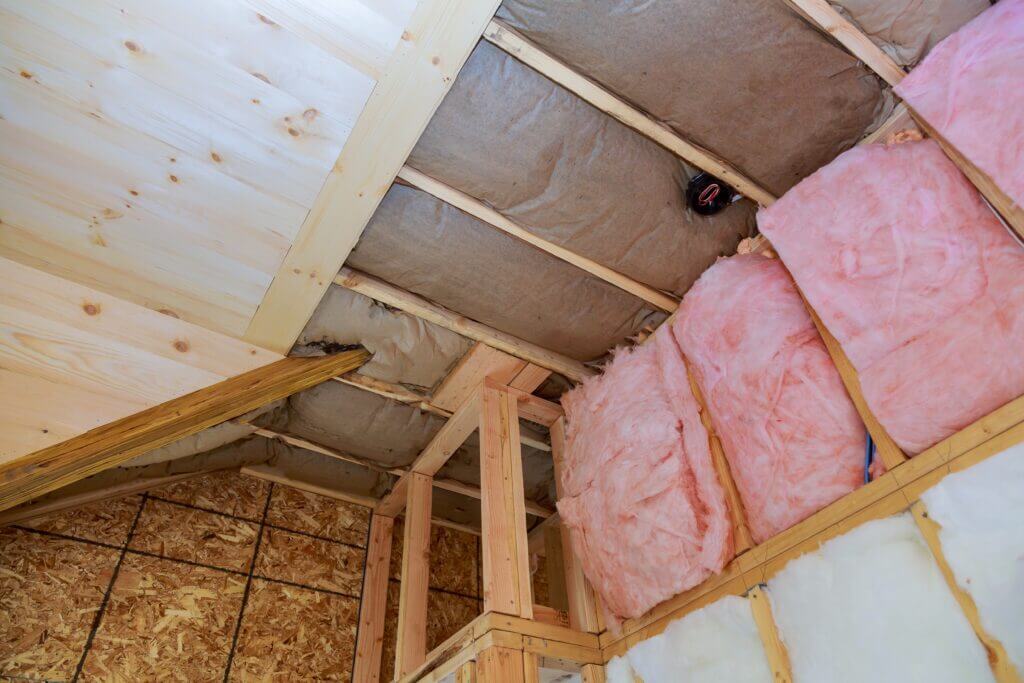
Spray Foam Insulation
This form of spray insulation comes in either open-cell or closed-cell foam variations. It’s known for its air sealing capabilities. It’s a bit more expensive than fiberglass insulation and runs from $2 to $7 per square foot. It works best to seal attics and other spaces that are uniquely designed and have hard-to-reach cracks.
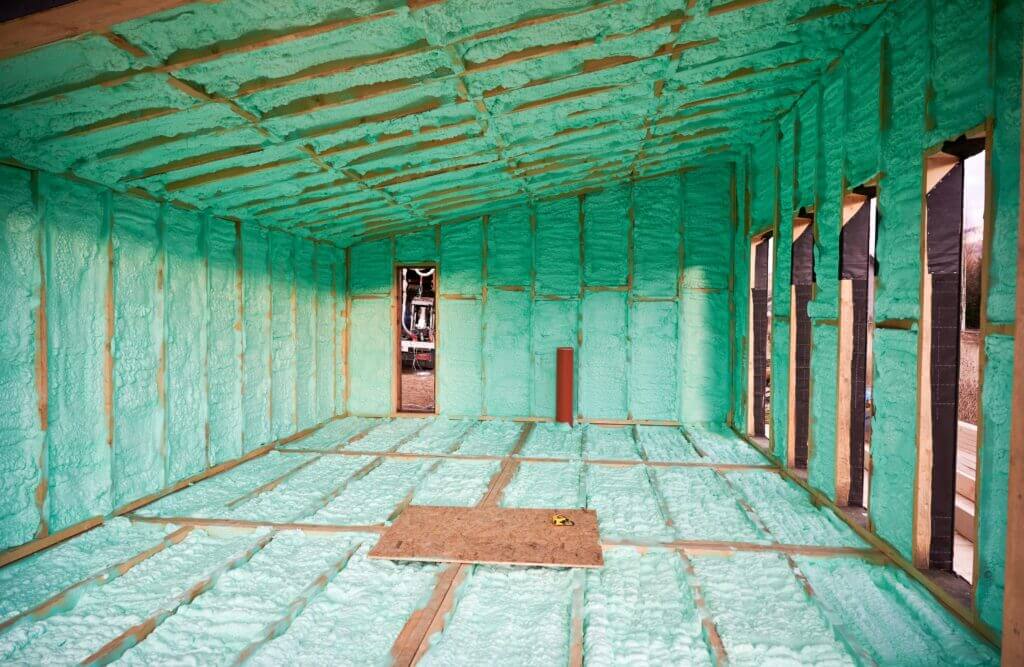
Cellulose Insulation
If you’re looking to improve your home’s energy efficiency with a sustainable product, cellulose insulation is the way to go. This sprayed method is made with recycled paper that’s treated with chemicals that make it fire resistant. It’s one of the more affordable options next to rolled insulation at $1 to $2.50 per square foot.

Insulated Panels
There’s one option of attic insulation that’s neither rolled or sprayed. Insulated panels, also known as structured insulated panels or SIPs, are best used in new construction homes where removing existing insulation isn’t required. On top of that, this type of insulation is typically much more expensive, ranging in price from $3 to $7 per square foot.
Factors That Affect Attic Insulation Cost
Several factors can influence the cost of having attic insulation installed professionally in your home, including:
- Size of Your Attic: The first, most obvious factor will be the size of the area you’re insulating. The larger your attic, the higher its peaks and more complex its shape, the more material you’ll need and the more expensive your overall project will become.
- Type of Insulation: As explored previously, each type of insulation has different price points, often directly related to how effective they are. Rolled fiberglass insulation will be much more affordable than the SIPs, for example.
- Labor and Installation Costs: Professional installation will vary based on the expertise required to use the type of insulation you want and the particular challenges of your attic. The prices in this article account for professional installation as part of the overall cost per square foot.
- R-Value: R-value is a factor assigned to insulation types to indicate its effectiveness. The higher this number is, the more efficient the method is. Typically, as the R-value increases, so does the price.
- Geographic Location: Your physical location in the country will affect the cost and availability of both qualified labor and materials required for this job.
DIY vs. Professional Attic Insulation: What’s the Cost Difference?
Deciding between DIY and professional attic insulation depends on your budget, skills, and time. DIY can save on upfront costs, but it’s labor-intensive and may not deliver the same efficiency as a professional job. Hiring an expert ensures proper installation, compliance with building codes, and often includes warranties for peace of mind. While it may cost more, professional installation can save you money on energy bills in the long run.
Cost of Installing Insulation Yourself
If you’re handy, installing your own insulation can save you money. Materials for a DIY project can range from $500 to $1,500, depending on the type of insulation and the size of your attic. Materials will generally range in cost in line with the above estimates for professional installation. Keep in mind that many of the types of insulation above require some skill to install. While the easiest might be rolled insulation, it’s still a tedious job that often requires navigating hot and cramped attic and crawl spaces.
Hiring a Professional: What to Expect
Hiring a professional installer might cost more money up front but doing so will ensure you remain in compliance with building codes. Not only that, many pros offer guarantees and warranties, ensuring the job is done right. You can expect to pay between $1,500 and $4,500 for a full professional installation on average across types of insulation.
Long-Term Savings: How Attic Insulation Lowers Energy Bills
Investing in attic insulation can lead to significant energy savings over time. When properly insulated, your home’s energy bills can be reduced as little as 10% to as much as 50% across the board. This will of course vary based on your starting energy bill costs, the type of insulation you chose, and the weather in your area plus your preferred home temperatures.
Return on Investment for Attic Insulation
The return on investment (ROI) for new attic insulation can be substantial. Many homeowners recoup their initial investment within five years of installation with a reduction in their energy bills. You might also qualify for local and federal programs and rebates rewarding homeowners for improving their homes’ efficiency, thereby helping the country’s overall energy consumption.
ENERGY STAR offers information on these rebates and how you can qualify.
Additional Considerations for Attic Insulation
As you shop around for the best type of insulation for your attic, consider the importance of proper attic ventilation. While we mostly think about trapping heat when we think about insulation, attics also require proper ventilation to prevent problems such as moisture build up from occurring. Over time, these problems can even prematurely age your roof, leading to other major issues. With this in mind, be sure to do your research before DIYing an insulation project. In many cases, it’s best to hire a trusted pro to handle new insulation installations and ensure they’re up to code.
Attic Insulation Cost: Is it Worth the Investment?
Attic insulation is not just a necessity, it’s also an investment in your home’s energy efficiency and overall value. You’ll not only save on utility costs with improved insulation, you’ll also benefit should you sell your home down the line. With this pricing information in mind, you should be able to make an informed decision about whether to go forward with your attic insulation project.
